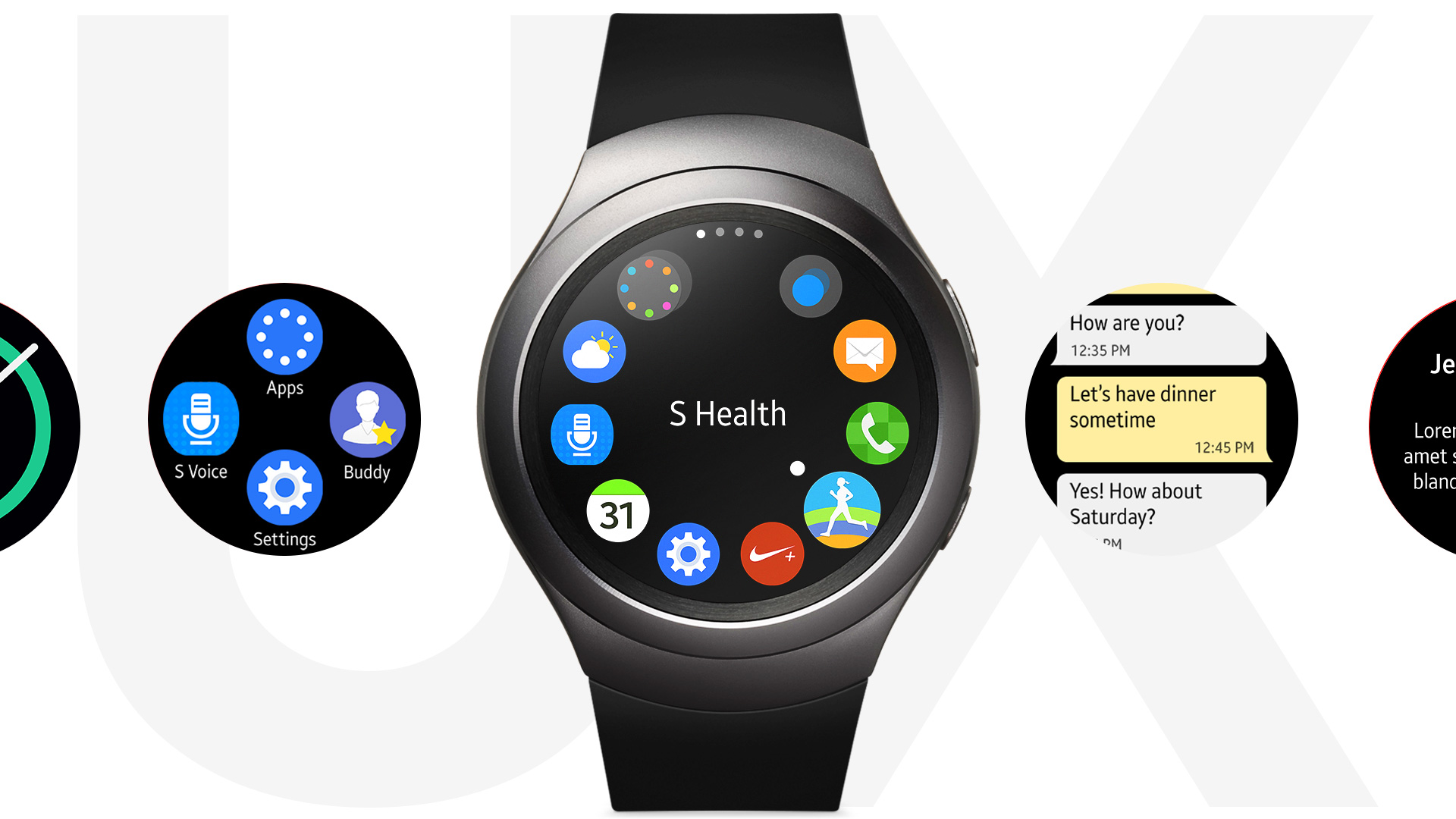Something big was announced today and it is bound to make a big impact soon. Samsung, arguably the most valuable player of the Android world, is dropping any plans for Android Wear devices.
The move is not coming from nowhere since the last smartwatch released by Samsung, the Gear S2, was running the open source Tizen operating system.
One was allowed to believe Samsung would come up with some kind of new Android Wear device at the eve of the awaited Wear 2.0 OS upgrade, but it seems the electronic giant Will head another way.
This is big because it leaves Google with partners like LG, Huawei and Sony, who will no doubt do everything to fill the void left by Samsung but who are currently not selling many watches at all. Numbers of wareables are significatly lower than what was expected across the board even from big players like Apple who, to this day, have not released individual numbers for the Apple Watch. This leaves Google in a weird place. Should they continue the improvements and avancements to their Wear OS or should they concentrate on something else and support the current watches with security updates only? As a reminder, Android Wear watches sold around 800 000 units, all makers combined, in 2015. Only about 100 000 of those are Samsung watches running Android Wear. On another side, Samsung sold a total of about 600 000 smartwatches, Tizen and Wear combined. If those extra 500 000 Tizen watches were actually Wear OS watches, Google would have passes the million units sold. The impact of Samsung on the wearable market is not negligeable.
WHY SAMSUNG, WHY?
One of the reasons Samsung might be dropping Android Wear is the complete difference from the full Android. The phone OS is based on the principles of open source codes which any manifacturer can use at their wants and needs. Wear, however, is a closed OS that Google basically tells OEM to put up with. Since Google has not been able to take a hold of the wearable market to be in a stronger position to make demands, it is only normal for a big company like Samsung to want to take the crown and they are using, much like the phone version of Android is, an open sourced OS in Tizen.
The question remains, will the Google faithful show Samsung they are loyal to Google and force a come back to Wear or will Samsung sway away fans of wareables with their own OS which could ultimately help their push towards a rumored Tizen OS smartphone?

Let us know in the comments below if you Samsung is making a mistake and if you think Android Wear is slowly dying. 🙂


When is samsung going to realise with its phones and watches that we dont want samsungs software. Everyone uses googles services not the s-line series of apps including email, internet, fitness etc. If they launched the S7 and S7 edge in the play store stock then I am sure it would be a larger seller. I cant work out why they havent noticed that the first thing that the bulk of people do when they receive a samsung device is disable most of the samsung apps. The phones are still excellent with the samsung bloatware but with the watch, if you dont use the samsung apps then there is no point buying it which is sadly where samsung are going wrong – wake up and smell the coffee samsung!
I totally agree. I think Samsung should be careful not to play with fire too much. Android has a very loyal fan base. Samsung too. We will see who gets the win for watches in the coming months.
One word: Pebble
I don’t own a smart watch, but I like the idea of them, and would be sad to see Android wear disappear. I don’t like watch Samsung does to Android with touch wiz. So, it doesn’t bother me if they do something else, but I worry many don’t pay attention to the os on their watch. I could see a big player like Samsung moving away from Android being a big deal for Google. Whatever Tizen is though, it better be just as good as Android and iOS though, or it won’t take long for word to get around to non tech folks that Samsung has changed and that you don’t want what they’re now offering.